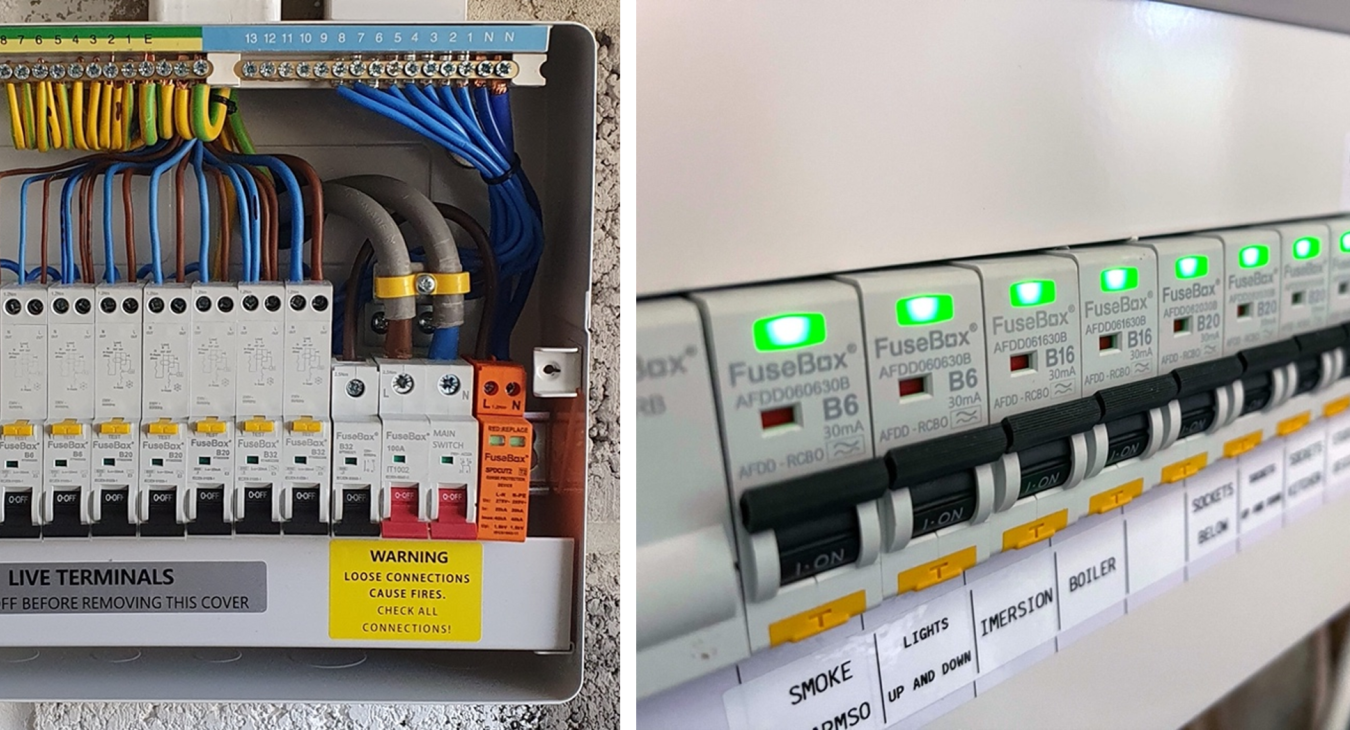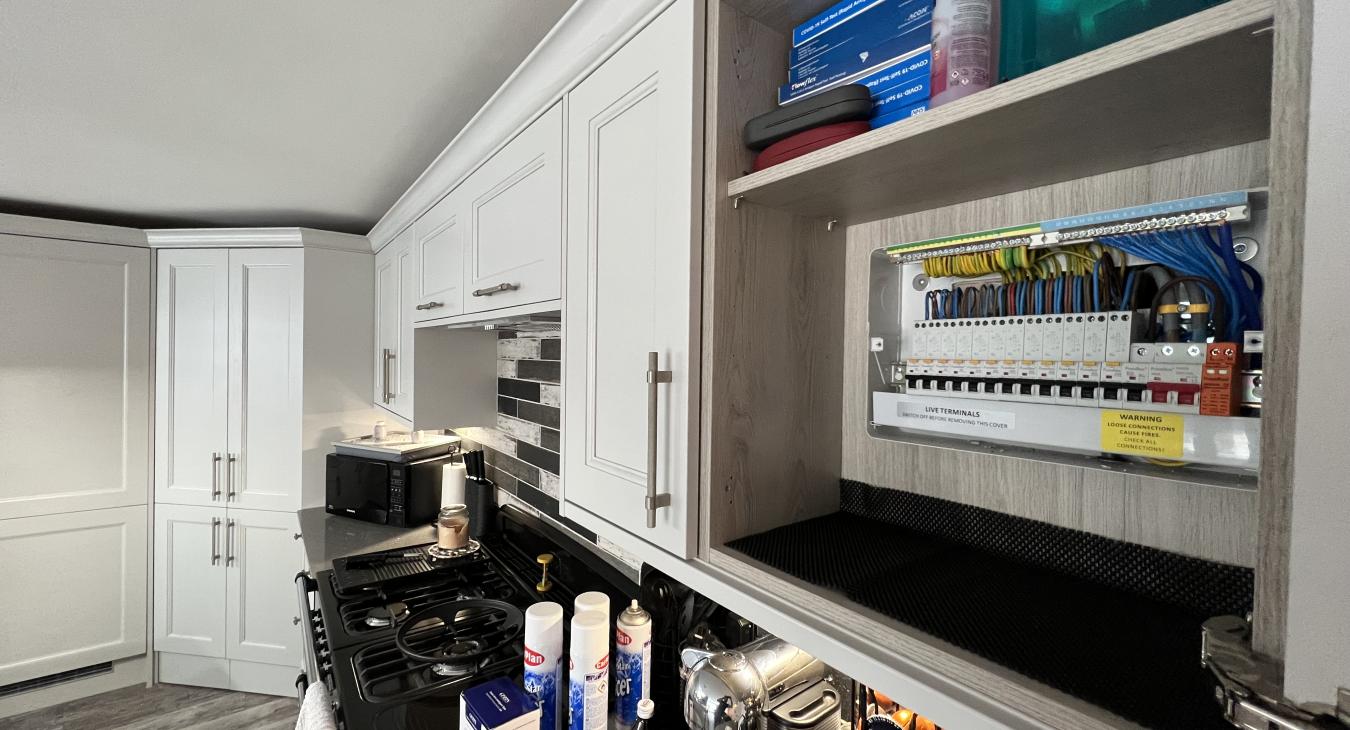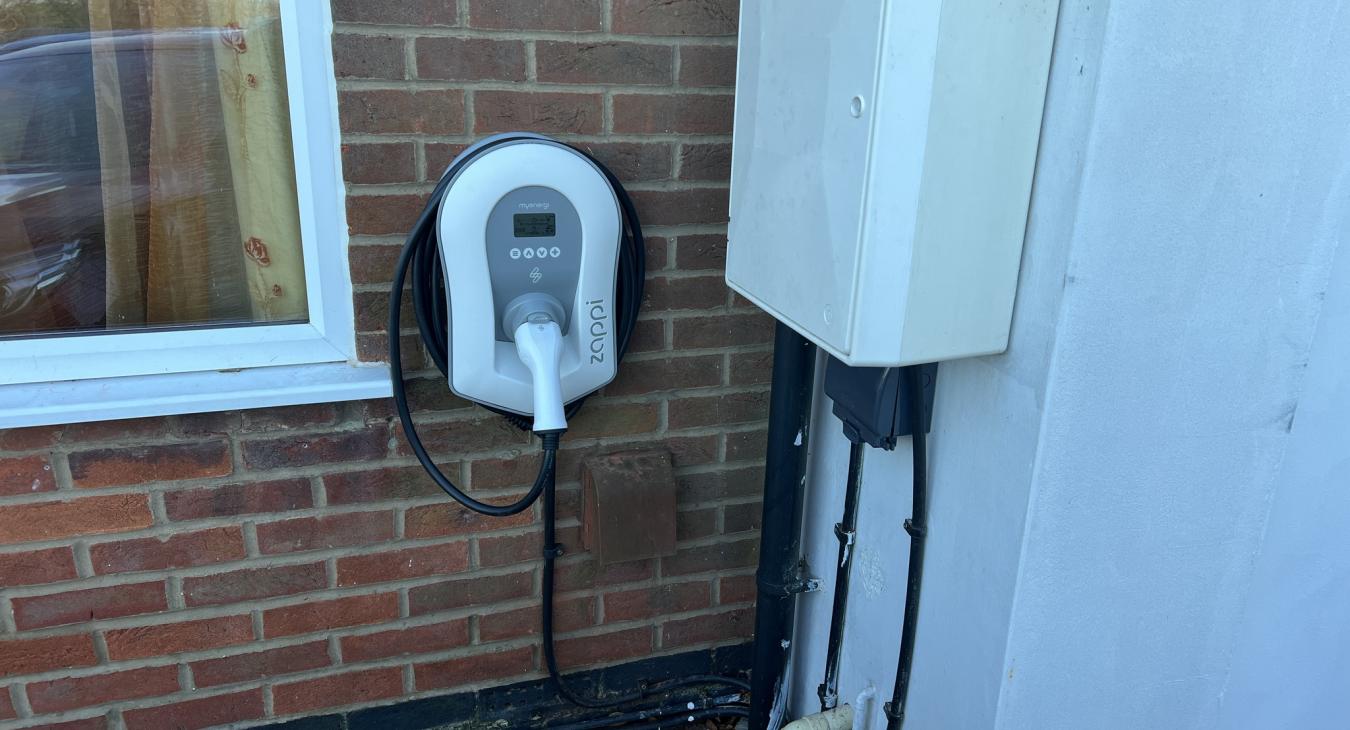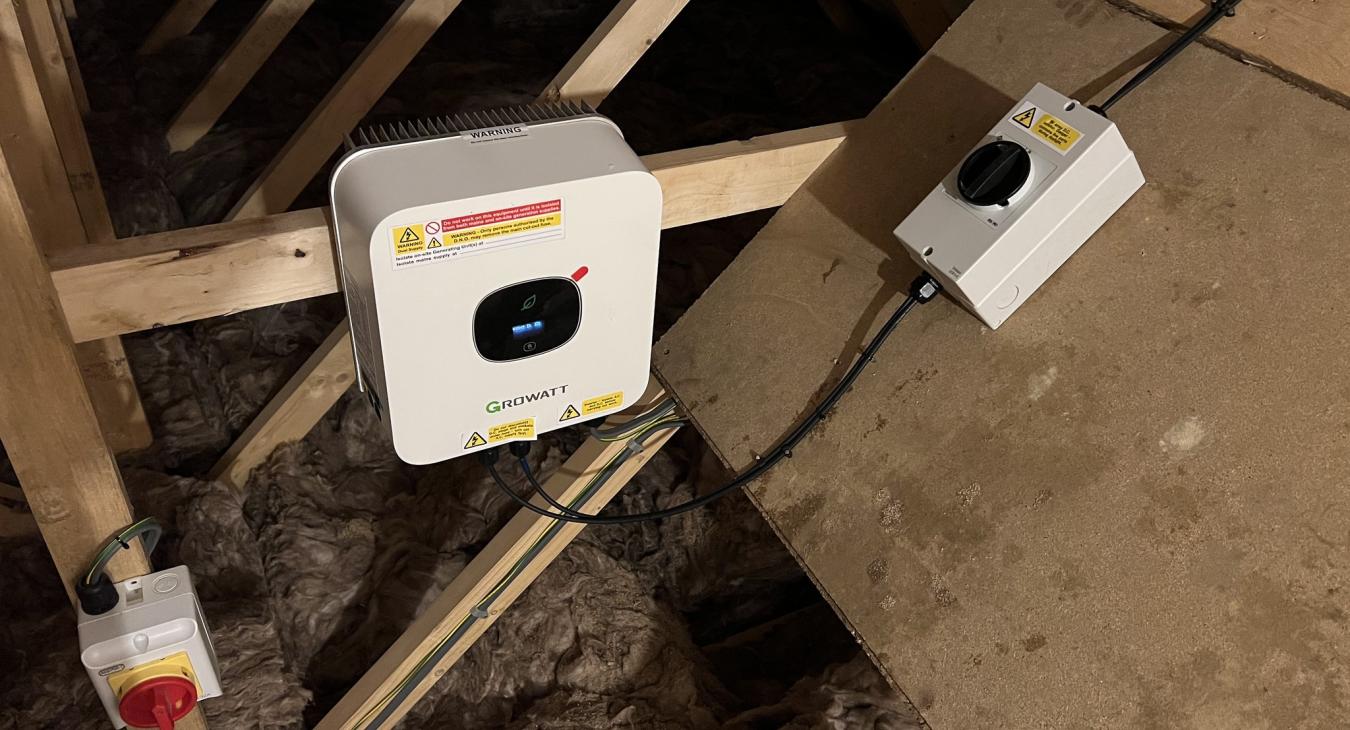Great service, really nice and helpful. Highly recommended.
Here at DNA Father & Son's Electrical in Corby, we specialise in fuseboard upgrades in domestic settings. We attend many homes in the Corby and Kettering area with old, outdated fuseboards. From a safety and efficiency perspective these almost always require an upgrade. To help our customers better understand what’s involved in a fuseboard upgrade, I’ve put together this blog addressing frequently asked questions relating to fuseboard upgrades…if you find this guide helpful feel free to share it with your friends, family, and neighbours. Let’s get into it!
What will my fuseboard be replaced with?
Your fuseboard will be replaced with the modern equivalent, the consumer unit. Although they serve the same purpose, acting as the brain of your electrical system they use slightly different methods. A fuseboard uses fuses rather than circuit breakers during fault detection. Each fuse contains a wire which will melt in the event of a power surge, this will make the circuit trip and switch the power off. The downside of fuseboard’s is it can be hard to identify which circuit possess the fault, making repair time harder and longer.
With a consumer unit, faults are responded to quicker and more reliably making them much safer. When an overcurrent fault is detected, the circuit breaker will trip and switch off electricity supply immediately. This will stop you from receiving a potentially fatal electric shock. When a circuit breaker trips, it’s easily identifiable and power can be restored to the circuit by simply switching it back on. You should note, circuits don’t just trip for fun, there is normally something faulty causing the trip and this should be checked by a fully qualified electrician ASAP.
How do I know if I have an old-fashioned fuse box?
An old-style fuse box will have a series of fuses located inside the fuse carrier which can be manually removed and replaced when one of them goes off following a power surge. Here’s an example of an old-fashioned fusebox:
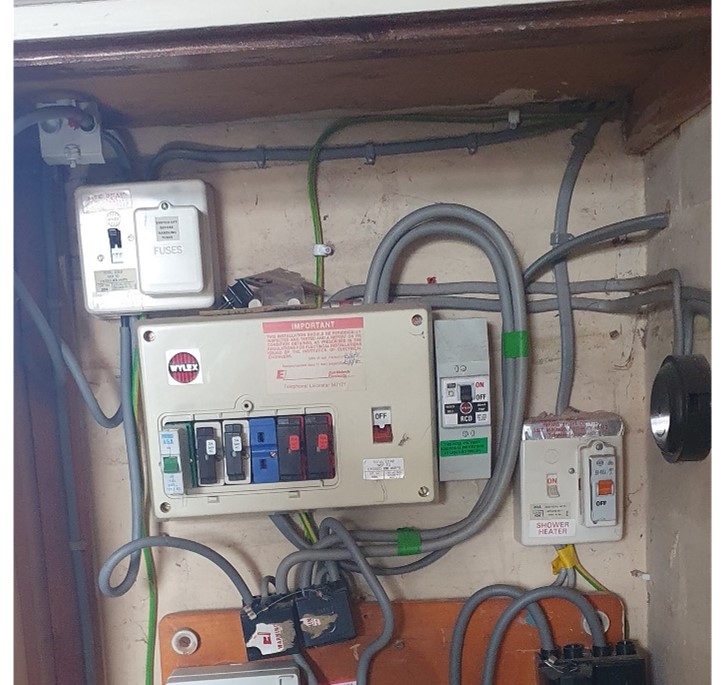
What’s inside a consumer unit?
A consumer unit features multiple different components which make it safer than its predecessor, these include:
Main Switch
The main switch controls the electrical supply within your home and allows you to turn it off and on. Everything within your consumer unit is controlled by the main switch including your RCDs and circuit breakers.
RCDs
Residual current devices (RCDs) save lives. They are designed to immediately shut off electricity supply upon fault detection. This stops us from coming in contact with live wires, decreasing the risk of fatal electrical shock drastically. They are extremely reliable and fast. It’s recommended you test your RCDs every six months.
Circuit Breakers
Circuit breakers work by either a thermal approach or magnetic. They work in the same way as RCDs, tripping and immediately switching off if a power surge is flagged.
Bus Bar
The Bus Bar is simply a long piece of copper which locks in the above components securely using teeth like pricks. You shouldn’t be coming into contact with the Bus Bar unless you’re a fully qualified electrician.
Who can upgrade my fuseboard?
Only a fully qualified electrician can upgrade a fuseboard. DNA Father & Son Electrical are fully registered and insured with NAPIT giving homeowners in Corby the peace of mind they truly deserve.
Fuseboard upgrades in Corby
Need your old-fashioned fuseboard upgraded in Corby? Look no further than DNA Father & Son Electrical. We are a family run business with many years’ experience in the electrical industry. We’ve upgraded countless fuseboards making homes across Corby safer and more efficient. Why wait? Get in touch today.

